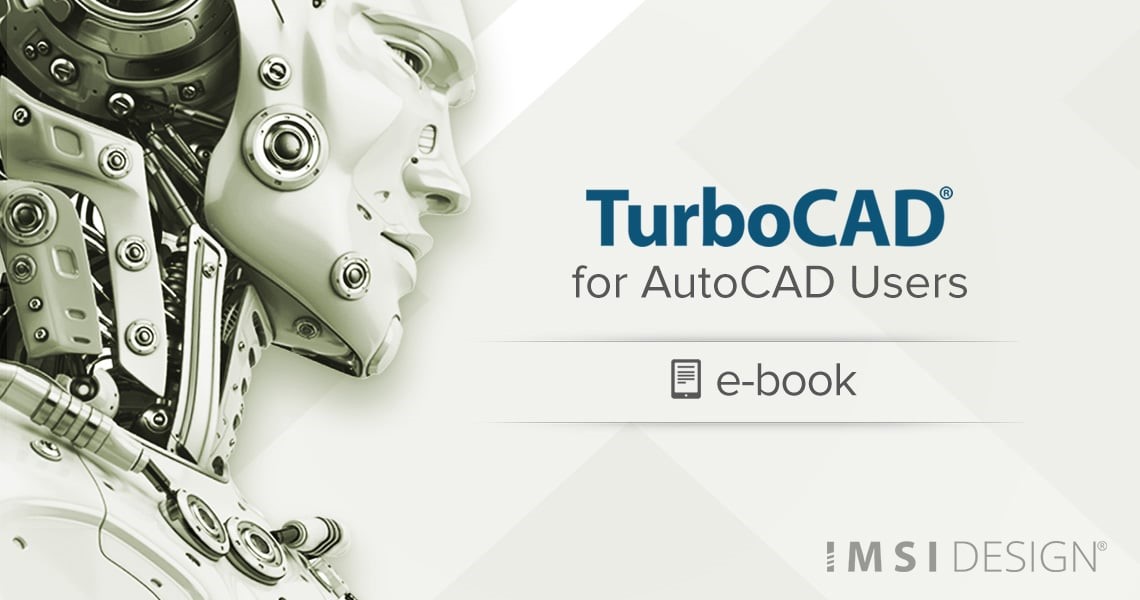
Getting Started with TurboCAD: A Guide for AutoCAD® Users
Welcome to TurboCAD®! If you've decided to make the switch, this guide will help you get started by highlighting the key differences in jargon, commands, and tools between TurboCAD® and AutoCAD. Here's an overview of what you can expect:
TurboCAD® Advantages for AutoCAD® Users
- File Compatibility: TurboCAD® supports various formats, including AutoCAD® DWG, Autodesk DXF and DWF, Spatial Technology SAT, ASCII, 3D Studio, STL, DGN, DCD, and FCW.
- Vector Formats: Compatible with IGES, STEP, Metastream, HPGL, VRML, CDM, and WMF.
- User Interface: Similar to AutoCAD® for an easy transition.
- Editing: Improved handle-based editing and a larger variety of object snaps.
- Raster to Vector: Built-in conversion capabilities.
- 3D Solid Models: History feature included.
- Node Editing: Enhanced node editing options.
Resolving Differences Between TurboCAD® and AutoCAD
- Command Selections: Differences in command selections and how to navigate them.
- Drawing Commands: Key differences in drawing commands.
- Node Editing: How node editing varies between the two programs.
This document also includes a reference list of AutoCAD® commands and their equivalents in TurboCAD®, along with instructions for specific commands and tools.
What You'll Love About TurboCAD®
- More Mechanical Tools: Significantly more mechanical tools than AutoCAD®.
- More Architectural Tools: A wider array of architectural tools.
- Additional Snaps: Extra snapping options not available in AutoCAD®.
- Affordability: More cost-effective with options for both permanent licenses and subscriptions.
Download TurboCAD for AutoCAD Users now to learn more about the seamless transition and why TurboCAD® is the perfect choice for you.



